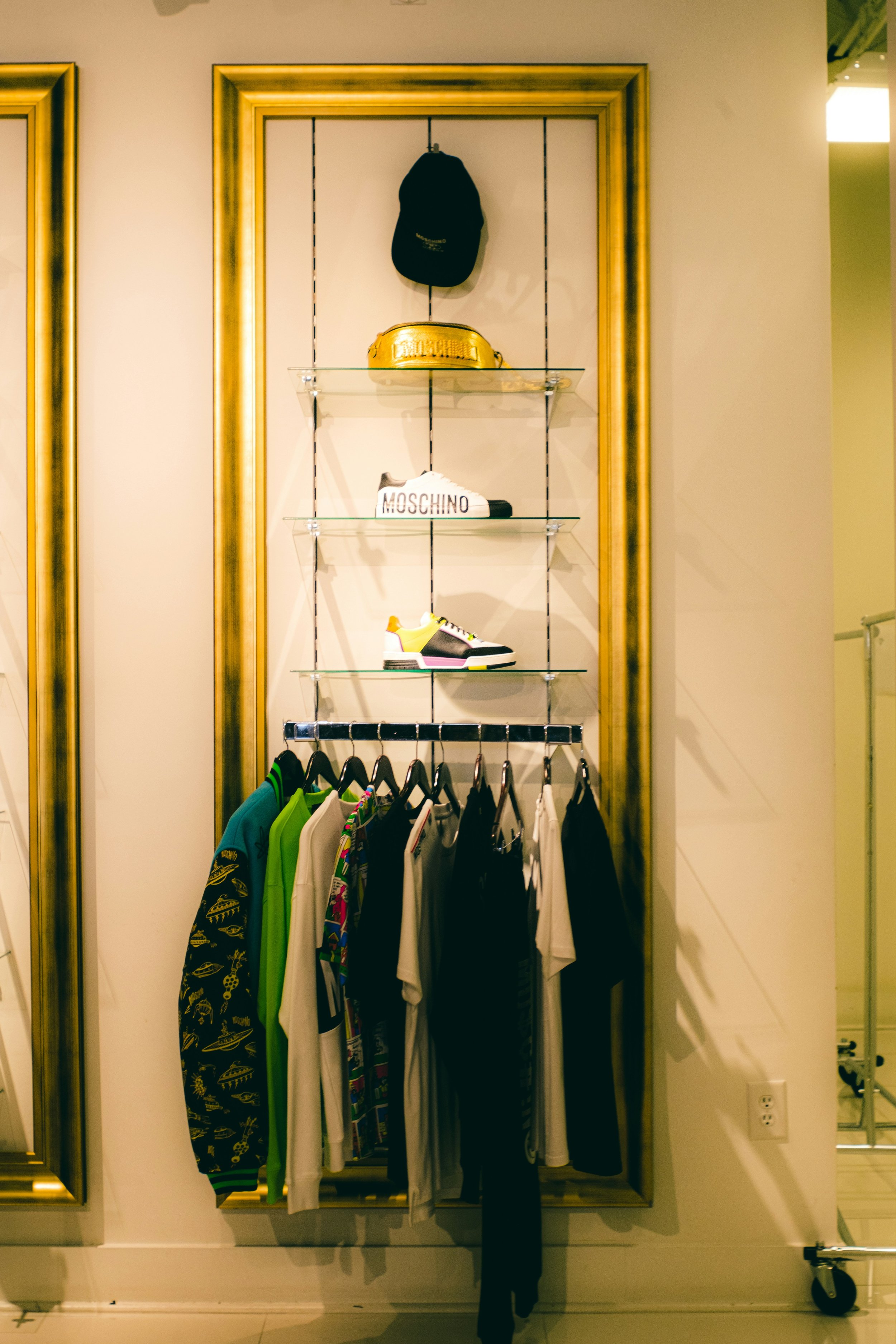Luxury Rentals: The Chic Shift to Shared Style
Imagine stepping off a private jet for a black‑tie gala and slipping into a one‑of‑a‑kind couture gown—only to return it days later, pristine, with no cluttered closet in sight. Welcome to the era of luxury rental, where owning is optional, and access is the ultimate status symbol.
Founders like Rent the Runway and HURR in London have sparked a stylish shift, transforming wardrobes into curated libraries. They’ve unlocked the possibility of wearing that dream Valentino or hand‑embroidered Sabyasachi for a fraction of retail, all while dramatically reducing the carbon and resource footprint tied to “occasional” purchases.
“We’re not renting clothes because we can’t afford to buy them,” says HURR founder Alice Standen. “We’re renting because we value novelty that doesn’t destroy.”
Behind the glamour, there’s rigor: garments undergo industrial ozone treatments and artisan spot‑cleaning, ensuring longevity through hundreds of wears. Tech‑driven logistics track each item’s lifecycle, optimizing routes to minimize emissions and maximize turnaround.
For the conscientious consumer, luxury rental offers a compelling proposition: extreme variety with minimal impact. No longer must you choose between style and sustainability—instead, you curate an evolving personal collection, borrowing heirloom pieces from global designers without committing to permanent possession.
And it’s not just eveningwear. Platforms like ByRotation in the UK extend into handbags, outerwear, and even accessories—every item catalogued with provenance details that rival any museum label. Want to pair that Hermès bag with a Stella McCartney trench? It’s all just a click away.
This model also empowers emerging designers. Rather than bulk production, they create limited runs with rental in mind, ensuring each piece lives multiple lives. The result? A circular wardrobe where luxury is defined by shared stories and reduced waste, and where possession yields to participation in a global style society.


